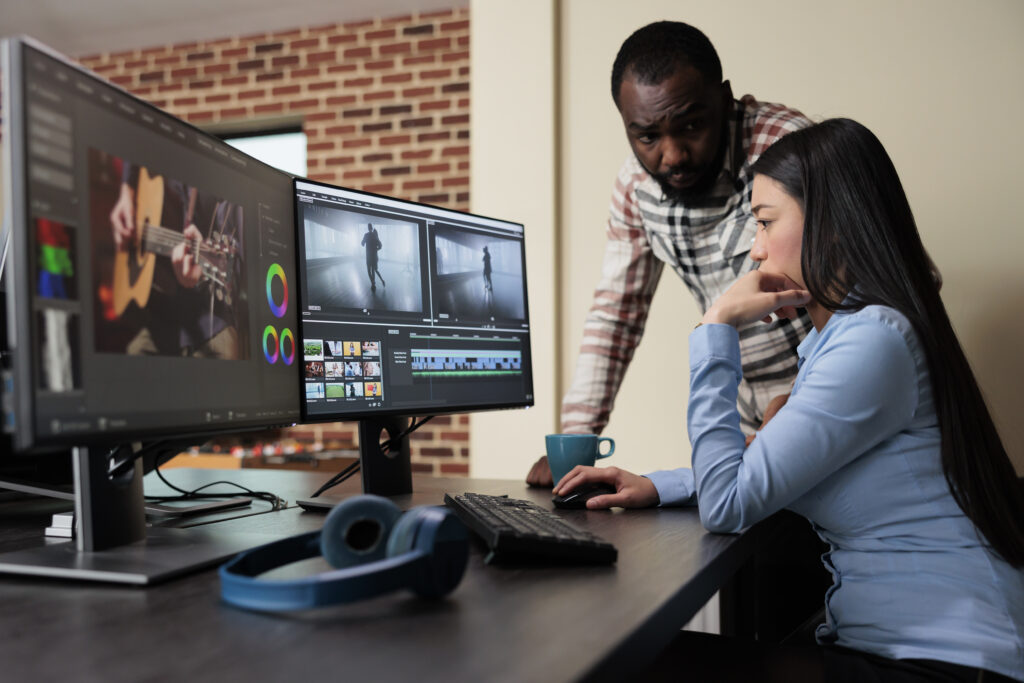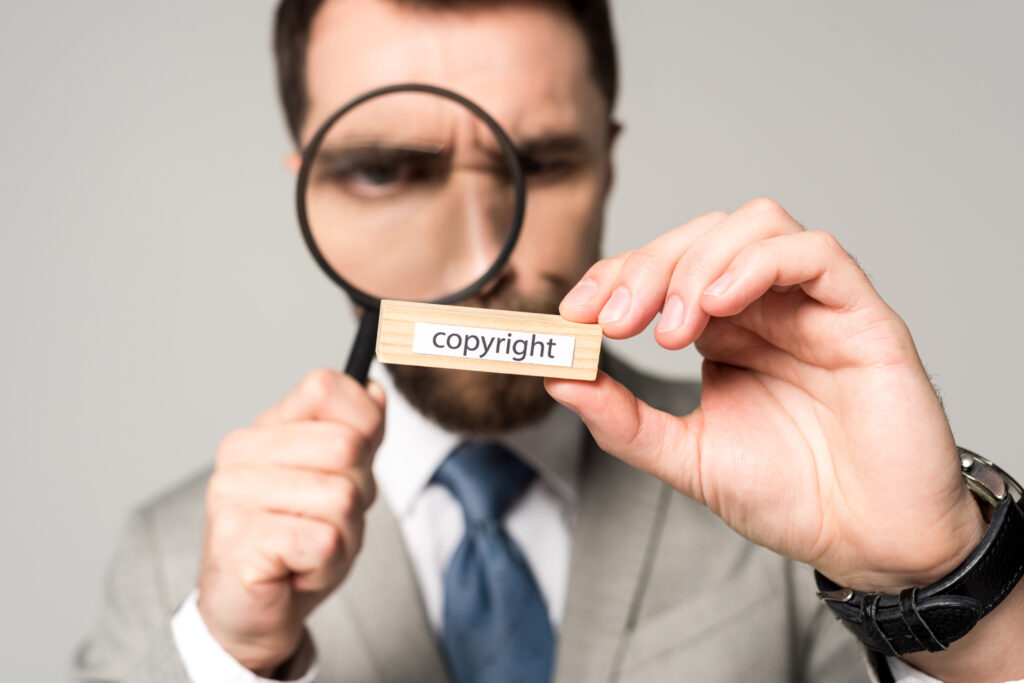How SMACC Members Can Protect Their Content and Intellectual Property
As content creation evolves, so do the risks associated with protecting your hard work. From unauthorized use of visuals and videos to AI-generated imitations of your voice or likeness, creators face increasing challenges in safeguarding their intellectual property (IP). For SMACC members, protecting your content is not just about preventing misuse—it’s about asserting ownership, maintaining trust with your audience, and ensuring you are properly credited and compensated.
Here’s how SMACC members can protect their work, with actionable methods and tools to stay vigilant in a rapidly changing creative landscape.
1. Watermarking Content
What It Is:
Adding visible or invisible watermarks to your visuals or videos can deter unauthorized use by clearly marking the work as yours.
How to Do It:
• Use visible watermarks (e.g., your logo, name, or a design element) placed in a discreet but noticeable part of your content.
• Example: A photographer adds their logo to the bottom corner of all their photos.
• For video content, consider semi-transparent watermarks that stay on screen throughout the video or appear periodically.
• Tools: Adobe Premiere Pro, Canva, or Veed can add watermarks easily.
• Use invisible watermarks for added security. Invisible metadata embedded into the file identifies you as the owner. Tools like Digimarc or Imatag specialize in this.
Why It Works:
Watermarks make it harder for others to use your work without attribution and can serve as evidence of ownership in disputes.
2. Low-Resolution Previews
What It Is:
When sharing content online or with potential collaborators, use lower-resolution versions to make it less appealing for unauthorized use.
How to Do It:
• Resize your images to lower resolutions or compress video files before uploading or sharing.
• Example: Instead of uploading a 4K video, share a 720p version.
• Use tools like Photoshop, Handbrake, or online compressors to reduce quality while keeping it recognizable.
Why It Works:
Low-res files maintain the visibility of your work without giving others access to high-quality versions they can easily repurpose.
3. Detailed Agreements and Release Forms
What It Is:
Formal agreements outline the terms under which your content can be used, ensuring all parties understand their rights and obligations.
How to Do It:
• Use release forms for collaborations or brand partnerships. These forms should detail:
• Who owns the content.
• How and where it can be used.
• The duration of usage rights.
• Any agreed compensation.
• Example: A videographer partnering with a brand specifies in their agreement that the footage can only be used for social media and not in paid ads or TV campaigns.
• For influencers, ensure contracts with brands clearly define rights for repurposing sponsored posts or videos.
Why It Works:
Clear agreements prevent misunderstandings and give you legal recourse if your work is used beyond the agreed terms.
4. Listing and Archiving Original Work
What It Is:
Keeping an organized record of your original creations provides evidence of ownership in case of disputes.
How to Do It:
• Maintain a dated archive of your content, including drafts and high-quality originals.
• Example: Save time-stamped files for blogs, photos, or videos on platforms like Google Drive or Dropbox.
• Use blockchain-based copyright tools like Copytrack or Pixsy to register your work.
• For written content, consider self-emailing drafts to create a dated digital paper trail.
Why It Works:
A clear archive proves you were the original creator of the content, which is essential in legal disputes over copyright.
5. Monitor Your Content Online
What It Is:
Proactively searching for unauthorized use of your work helps you take action quickly.
How to Do It:
• Use reverse image search tools like Google Reverse Image Search or TinEye to find where your visuals are being used online.
• Platforms like Pixsy offer automatic monitoring of your photos and notify you of unauthorized use.
• Regularly search for your content (e.g., quotes, unique visuals, or excerpts) using tools like Copyscape for text and YouTube Content ID for videos.
Why It Works:
Early detection lets you take immediate action, whether by contacting the infringing party or filing a takedown request.
6. Use Platform-Specific Tools
Many platforms provide built-in tools to help creators protect their content:
• YouTube Content ID: Automatically scans videos uploaded to YouTube and flags matches with your original content.
• Instagram Brand Collabs Manager: Helps you control who uses your branded content.
• Facebook Rights Manager: Protects your videos and images by detecting unauthorized use across Facebook and Instagram.
Why It Works:
Platform-specific tools allow you to manage content protection within the ecosystem where your work is shared.
7. Educate Yourself on Copyright Laws
What It Is:
Understanding your rights as a creator helps you make informed decisions about protecting and enforcing them.
How to Do It:
• Research copyright laws in your country. In the UK, copyright is automatic upon creation, but registration can strengthen your case.
• Use tools like UK Intellectual Property Office or World Intellectual Property Organization for guidance.
• Attend SMACC workshops on copyright and legal protection.
Why It Works:
Knowledge of your rights empowers you to take proactive steps to protect your work and address misuse effectively.
8. Watermarking Audio and Voice Content
What It Is:
For podcasters and creators using voiceovers, watermarking or tagging audio files can deter misuse.
How to Do It:
• Add subtle, repeating audio cues (e.g., background tones or spoken phrases) that identify you as the creator.
• Example: A podcaster inserts a short audio tag with their name at the beginning and end of each episode.
• Use tools like Audacity or Adobe Audition to embed these tags.
Why It Works:
Audio watermarking makes it harder for others to steal or misuse your voice content without detection.
9. Enforce Your Rights
What It Is:
Taking action against unauthorized use reinforces your boundaries and protects your brand.
How to Do It:
• File takedown requests under the Digital Millennium Copyright Act (DMCA) for platforms like YouTube, Instagram, and Facebook.
• Work with legal professionals to send cease-and-desist letters.
• Use SMACC’s network of legal advisors for guidance on enforcing your rights.
Why It Works:
Protecting your work sends a clear message that your content is valuable and not available for misuse.
The SMACC Advantage
As a SMACC member, you have access to a range of resources to help protect your content and intellectual property:
• Workshops: Learn practical skills for watermarking, IP registration, and drafting agreements.
• Legal Support: Gain access to advice on copyright enforcement and contracts.
• Community Support: Collaborate with other creators to share tips and tools for protecting your work.
Conclusion
AI and technology are opening new possibilities for content creation, but they also present unique challenges for protecting your work. By using tools like watermarks, low-resolution previews, detailed agreements, and regular monitoring, SMACC members can safeguard their creations and assert ownership in an increasingly competitive space. Protecting your content isn’t just a defensive move—it’s an investment in your brand, your creativity, and your future. Together, as SMACC members, we can ensure that creators’ voices and work are respected and valued.
Let SMACC support you in protecting and amplifying your creative power.


